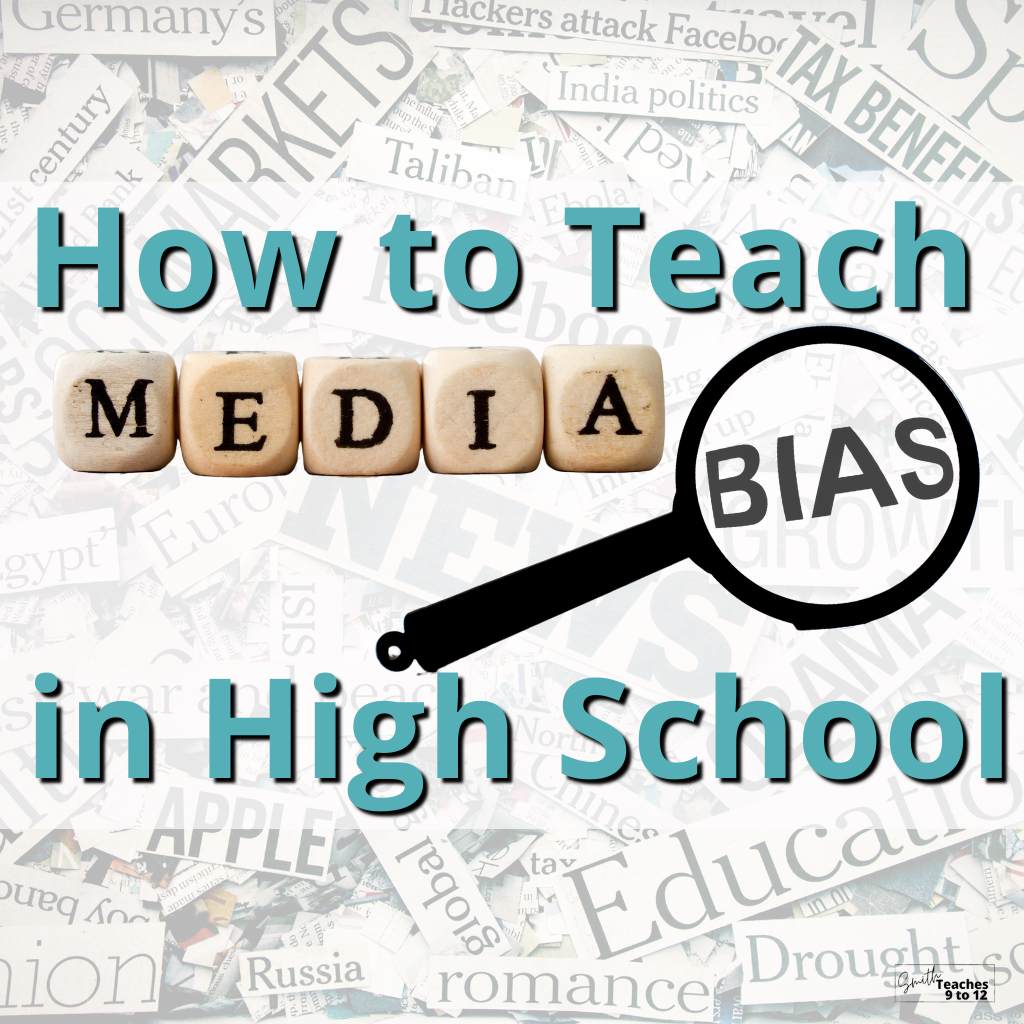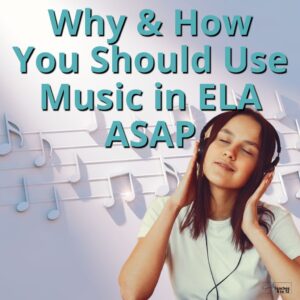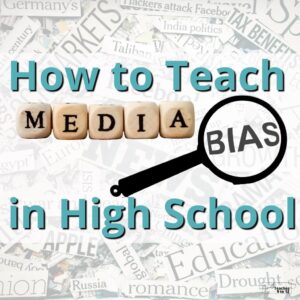Sharing is caring!
In my pre-teaching life, I studied journalism and did freelance work for different newspapers and magazines. So when I started teaching, it was important to incorporate media in ways that were poignant and helpful for students. I wanted them to gain an understanding of the wider world and the lens through which the news is shared. And one of the most important ways I found to do this is by teaching media bias and providing media bias examples for students.
What is media bias?
Media bias takes different forms but the gist is that it’s a point of view that is skewed towards a particular ideology or, at its worst, away from facts in favor of the ideology. Media bias is also part of what makes the news.
The old adage of “it bleeds, it leads” may still hold some sway with different media sources, but it’s also the stories that don’t make the news that factor into media bias.
Media Bias Lesson
The objective of a lesson on media bias is to understand the ways in which the media demonstrate bias. Share that with students and then ask how they would define bias (media or not).
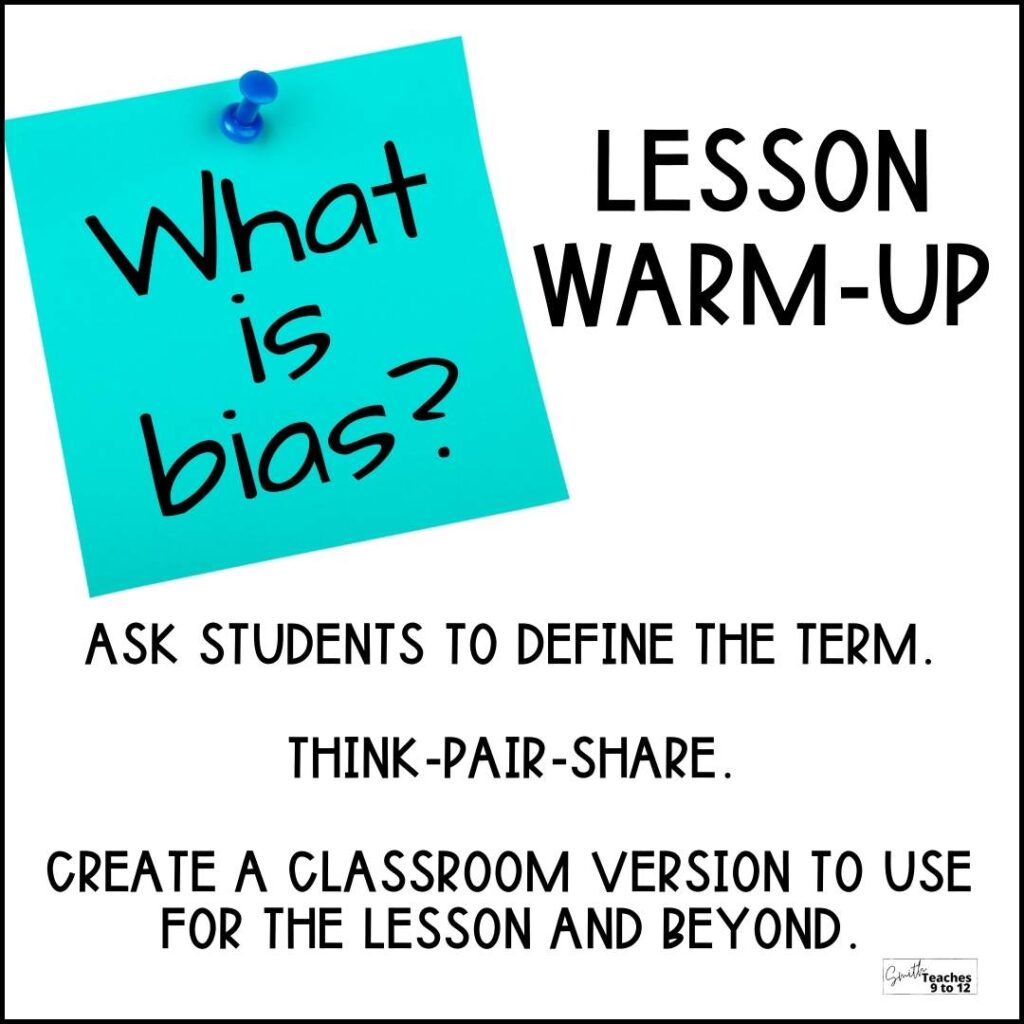
With that in mind, the first step in understanding media bias is recognizing not just the overview definition but examining the many ways it exists.
There are eight common forms:
- Bias by omission
- Bias by emphasis or placement
- Bias in photos
- Bias by language use
- Bias in the source
- Bias in headline
- Bias in repetition
- Bias in numbers and statistics
I like to begin by just placing these types at the top of different pieces of chart paper and hanging them around the room. Complete a walkabout so students can add their thoughts either to define or explain or to provide an example for each.
After that, you could have students explore a community, local, or national newspaper so they have something hands-on to flip through in order to try and locate examples of each type of bias.

In a second class, I like to dig in a bit deeper and provide students with two news articles or news clips to explore the bias. With some grades, you can assign this as homework, or, depending on the length of the class, you can include this in the first day’s activities.
Once students have two articles on the same topic from two different sources they can compare the texts to examine the presence of bias. Complete a step-by-step close reading by asking students to identify the headline, sub-head, byline, lede, etc.
Make life easier for yourself and grab your own ready-made resource to deliver this lesson in your classroom. It includes explanations of each bias type, contemporary examples, an editable Google Form to assess understanding, and an editable mini-assignment so students can investigate bias through two news texts about the same topic.
Using a media bias chart
To extend students’ exploration of bias, I like to use the AdFontes media bias chart since it provides a variety of publications. It also includes an interactive version, which my students always find helpful. Plus, it focuses not just on whether a publication skews left, middle, or right on a political spectrum it also identifies news value and reliability.
You can also explore their methodology to evaluate their potential bias in rating others’ bias! These videos would be a great interdisciplinary addition for math or science elements.
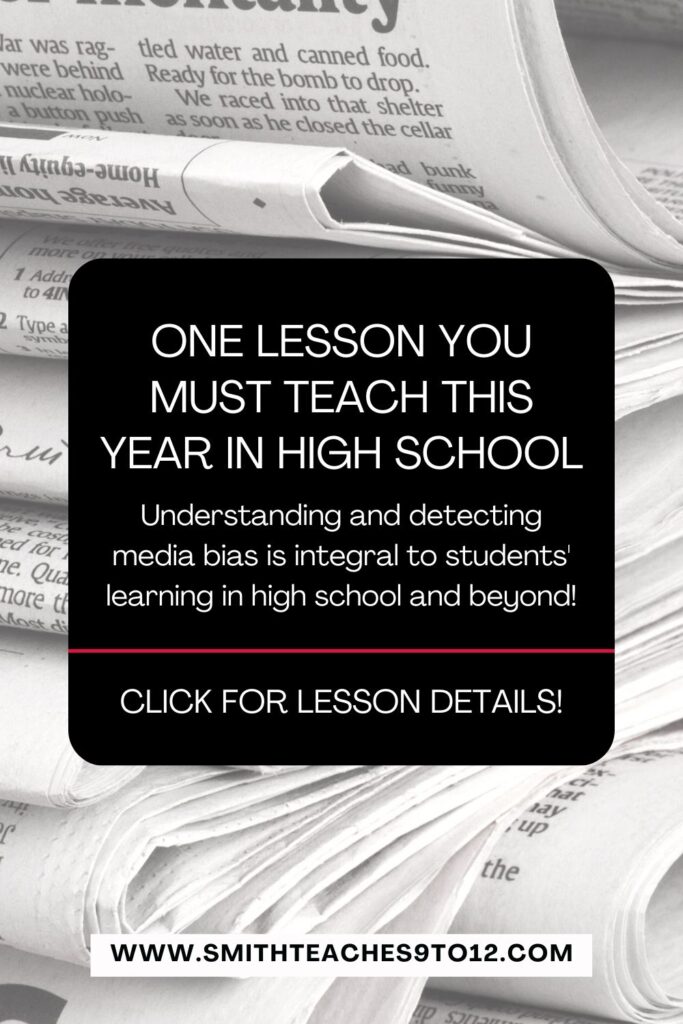
The big take-away
Students have likely heard the term bias but do not realize just how insidious it can be in any news outlet. Students may know what fake news is and therefore understand that sometimes news cannot be trusted because it’s not true, but it’s important for them to understand that even news that’s ‘true’ can still be fake in some ways through the use of bias.

Related article:
- Writing Editorials in High School ELA on ELA Matters, a collaborative blog for middle school and high school ELA teachers

